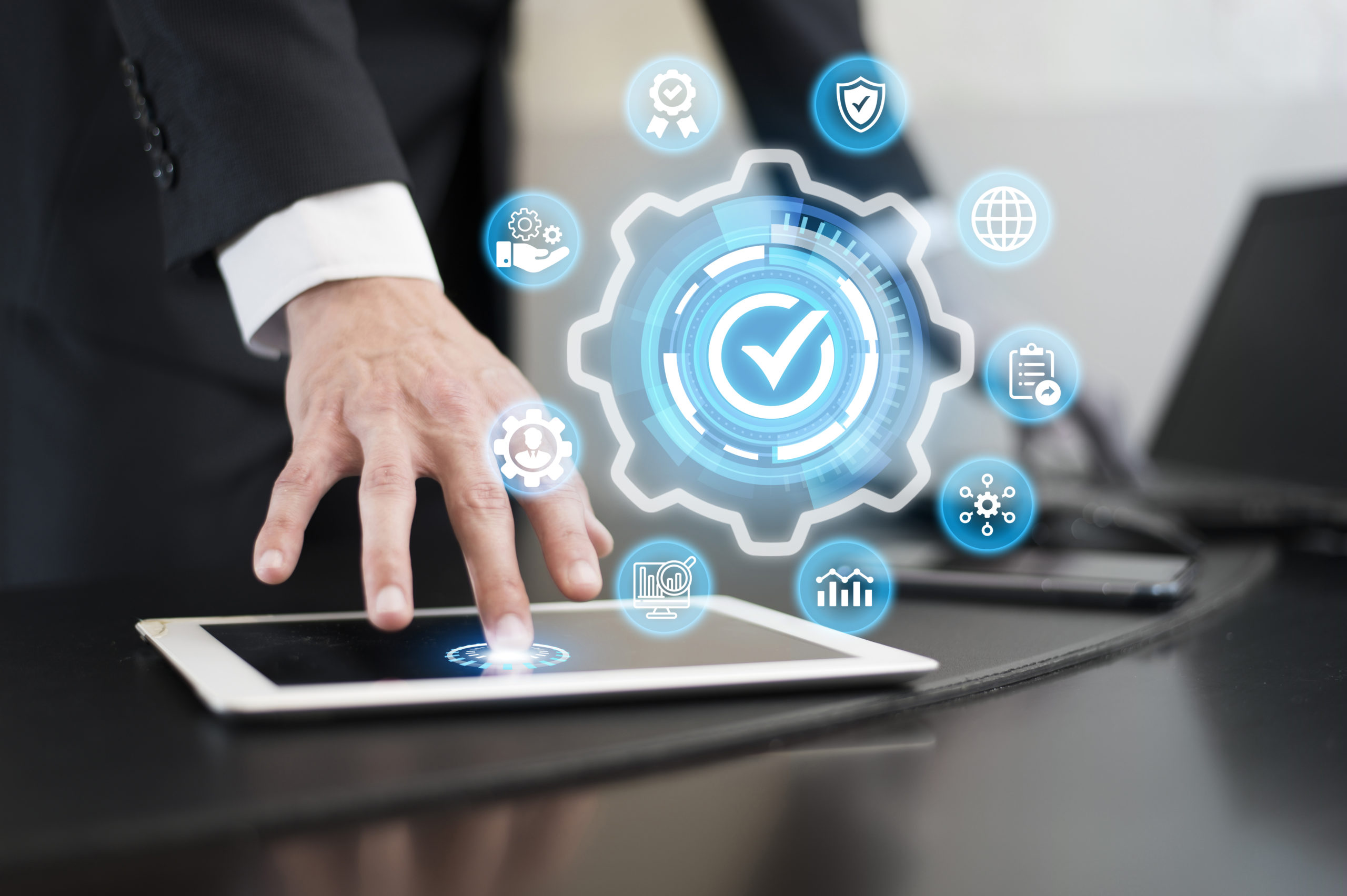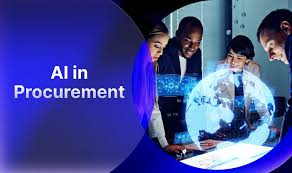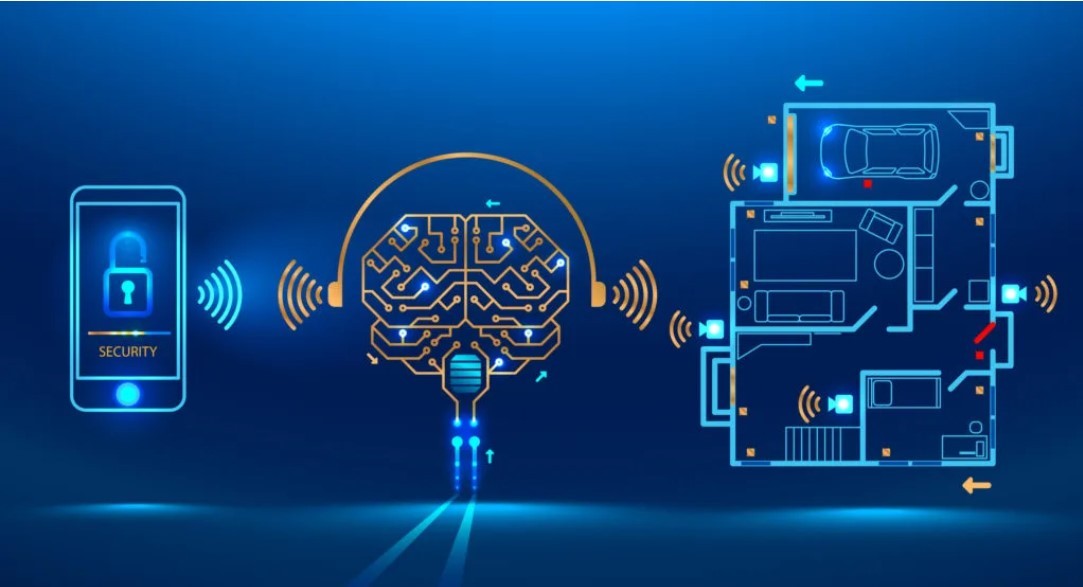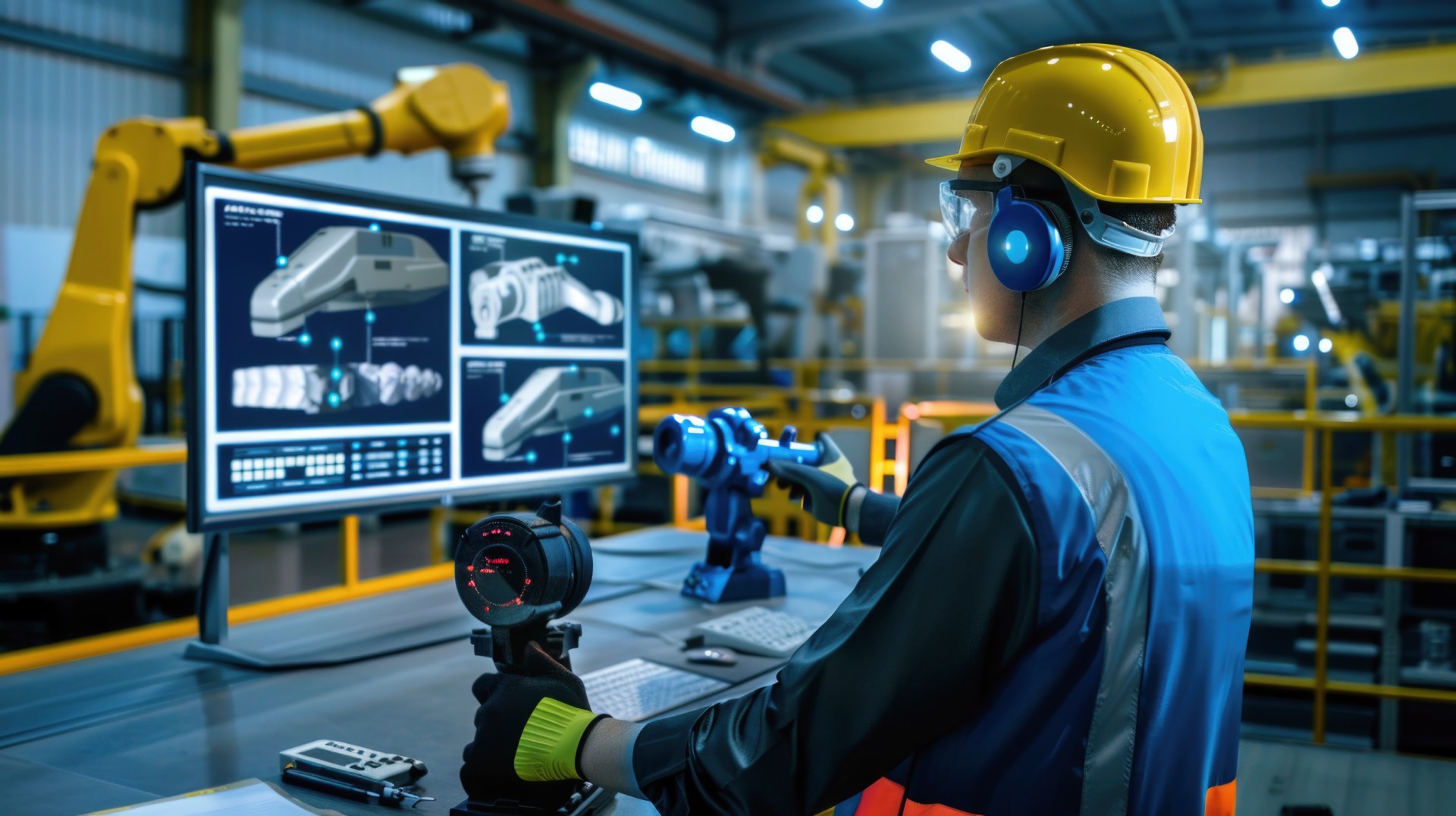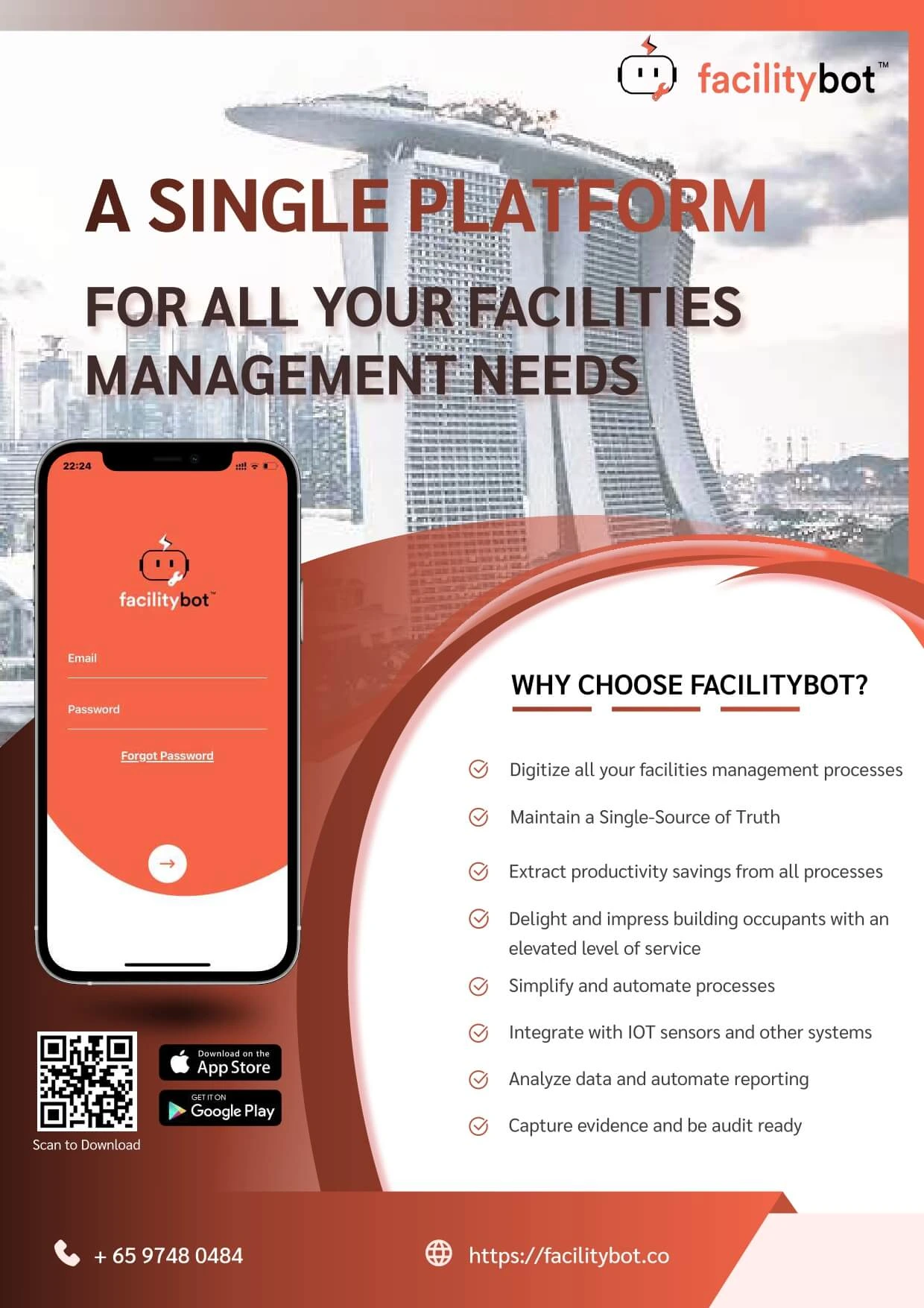Introduction: Implementing a CMMS (Computerized Maintenance Management System) successfully is a critical step in optimizing facility management. In this comprehensive guide, we aim to equip facility managers with valuable insights and tips for ensuring a seamless and successful CMMS implementation. By delving into pre-implementation preparation, system integration planning, data migration, staff training, and ongoing support, we will provide a step-by-step roadmap for facility managers embarking on the CMMS implementation journey. Drawing from real-world examples and industry best practices, we will showcase the importance of each step and its impact on facility efficiency. The content will be informative, well-structured, and easy to follow, empowering facility managers to navigate the CMMS implementation process with confidence.
1. Pre-Implementation Preparation: Laying the Foundation
Before embarking on the CMMS implementation journey, thorough pre-implementation preparation is essential. We will explore the significance of assessing facility needs, defining project goals, and assembling a dedicated implementation team. By conducting a thorough evaluation of existing maintenance practices and identifying pain points, facility managers can set the stage for a successful CMMS implementation.
2. System Integration Planning: Seamless Software Integration
Effective system integration planning is crucial for ensuring that the CMMS seamlessly integrates with existing software and workflows. We will discuss the importance of aligning CMMS functionalities with specific facility requirements. Proper integration not only streamlines processes but also enhances data accuracy and accessibility, enabling informed decision-making.
3. Data Migration: A Smooth Transition
Data migration is a critical phase of CMMS implementation. We will highlight the significance of data cleanliness and accuracy for a successful migration. By exploring best practices for data mapping and transfer, facility managers can ensure that essential maintenance records and historical data are preserved and readily available in the new CMMS.
4. Staff Training: Empowering Users
A well-trained staff is crucial for making the most of CMMS capabilities. We will emphasize the importance of comprehensive staff training and ongoing support to ensure that facility managers and technicians can navigate the CMMS interface efficiently. By providing ample training opportunities and resources, facility managers can empower their team to maximize the benefits of the new CMMS.
5. Ongoing Support: Sustaining Success
Even after successful implementation, ongoing support is vital to sustain CMMS success. We will explore the importance of continuous improvement and feedback loops to address evolving facility needs. Regular updates and technical support ensure that the CMMS remains aligned with changing requirements and industry best practices.
Conclusion: Navigating the CMMS Implementation Journey
As we conclude this comprehensive guide, facility managers will be equipped with valuable insights and tips for a successful CMMS implementation. By laying the foundation with pre-implementation preparation, ensuring seamless system integration, mastering data migration, providing staff training, and offering ongoing support, facility managers can optimize facility management efficiency and effectiveness. Embracing FacilityBot and its user-friendly CMMS software streamlines the implementation process, empowering facility managers to embark on a transformative journey towards elevated facility performance. By incorporating CMMS into their maintenance strategy, facility managers can unlock the full potential of streamlined operations, data-driven decision-making, and cost-effective facility management.
